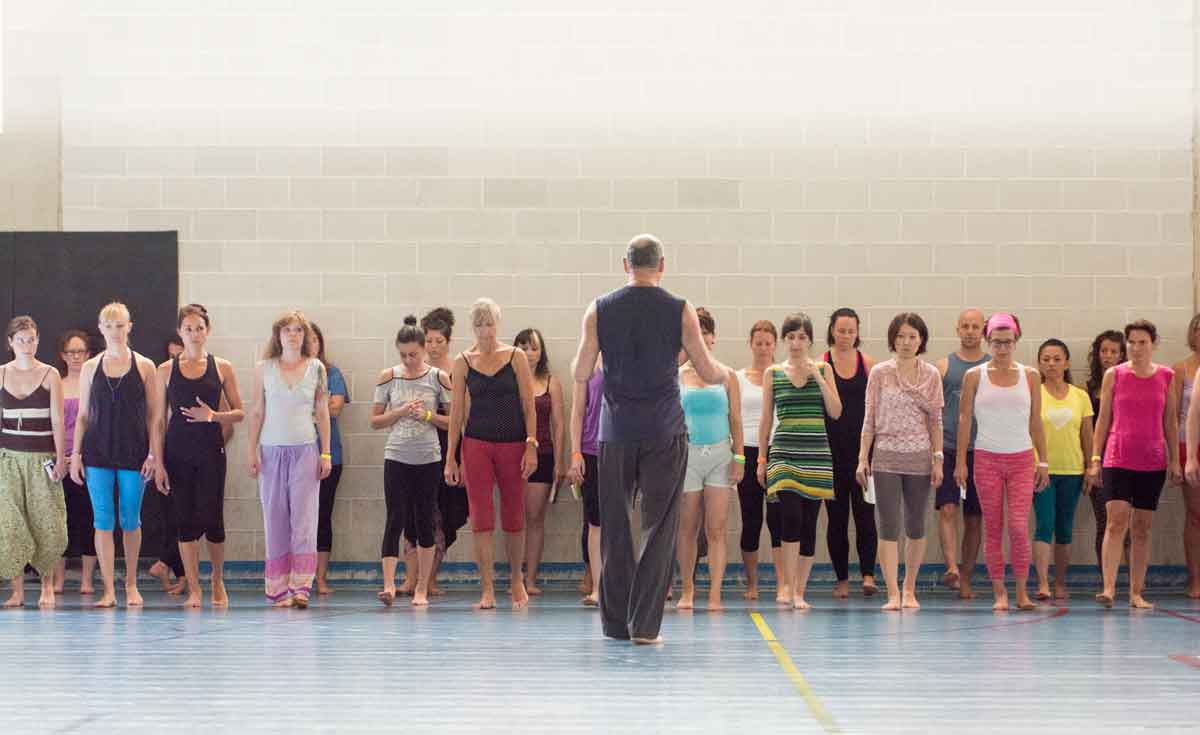
I forwarded her comments to John Kepner, Executive director of IAYT, who promptly responded with his own observations, and an invitation to address these issues at the next symposium.
Here is the exchange. As always, I welcome any comments from you.
1/31/2007 12:20 PM
Megan McDonough said…
Hi Leslie,
I’m sorry I missed you at the SYTAR conference in LA. The conference began with the question: How COULD we define yoga therapy? The more telling question, from my perspective, is: How ARE we already defining yoga therapy?
Actions speak louder than words. If we are to view the actions at the first yoga therapy conference as the basis for a definition, then we could easily come away with the mistaken impression that yoga therapy is a masculine modality, a conclusion drawn from the panels, the process and the platform.
Firstly, the panels were predominately male. For years, corporations have made the argument that there were simply not enough females in the job pool for solid representation in leadership roles. All we had to do was observe the overwhelming presence of females in the audience to see that this is not the case for yoga therapy. Why, then, were the panel members mostly men?
Secondly, the majority of workshops and perspectives at the conference looked at the process of yoga therapy as taking a masculine approach of “Let’s fix what’s wrong with the body.” Like the prescriptive approach rampant in our healthcare system, this approach ignores the wisdom and individuality of the patient and instead thrusts the yoga therapist into the role of “answer-man.” Missing in the discussions, for the most part, was the emotional component—how yoga therapists can (and do) play a vital role in the circular and sometimes messy journey of emotional healing. Western medicine’s limitation to a purely prescriptive approach is one of the reasons people seek out-of-the-box modalities like yoga therapy in the first place; let’s not model ourselves after a system to which we are attempting to offer an alternative.
Lastly, the platform of the conference tended towards a straightforward lecture or discussion format, similar to that of a medical conference, with little movement or participant involvement.
Explicit definitions of yoga therapy are helpful. Far more telling, however, are the implicit definitions revealed in the methods and mindset we are using to develop those explicit definitions. I, for one, would like to see the feminine better represented in the panels, the process, and the platform at future conferences.
We need not follow in the footsteps of healthcare, business, or other yoga models when developing a definition or a conference format. Yoga therapy is a unique entity. We must forge a model all our own, one that is inclusive and honors the depth and range of yoga in both its masculine and feminine forms.
In Yoga,
Megan McDonough
www.yogawithmegan.net
1/31/2007 02:05 PM
John Kepner said…
Aloha
I appreciated Megan’s comments. I was especially glad to meet her in person at the Symposium. Several years ago she won a special prize offered by YREC for the best Yoga essay of the year. You can see why.
I have actually been working on a little article on the gender balance issue, so in the friendly spirit of this forum, I will offer this to e-sutra readers. Maybe I should title it… “Fools Rush In”
Gender Balance and Symposium Faculty Selection Criteria
“Lies, Damned Lies and Statistics” – John Kepner, Executive Director
In a wonderfully positive atmosphere, gender imbalance was politely but pointedly pointed out to us several times. The participants were mostly female and the presenters were mostly male. So, let’s look at the statistics and (at least my own)faculty section criteria in general for IAYT’s first Symposium. We are not seeking to argue anything here. We are, however, always seeking better ways to serve our mission, our membership and the public, especially in the faculty selection for the next Symposium. We are mindful that today it is mostly women who are carrying forth the Yoga tradition.
Statistics:
Main Session Presenters
Female: 22%
Male 78%
All Faculty
Female 41%
Male 59%
(All Faculty consists of Main Session Presenters, Moderators, Practice Session Leaders and Workshop Leaders)
Faculty Selection Criteria:
The best faculty available to support the mission of IAYT and the Symposium on Yoga Therapy and Research. For this first symposium, all faculty were individually selected.
A balance between Yoga researchers, healthcare practitioners that use or support Yoga in their practice, and especially many leading Yoga teachers and Yoga therapists representing most of the major traditions, lineages and methodologies with a history of contributions to Yoga therapy.
A preference for IAYT members and contributors to IAYT publication
A preference for faculty from Los Angeles and California to keep costs down for our first Symposium.
Looking forward:
A key issue, at least in my opinion, is the maintaining the appropriate balance of heart and mind, science and spirit in a Yoga symposium. But the title is indeed, “Yoga therapy and research.” Suggestions for new faculty, especially important emerging voices that support the mission of the Symposium and serve the participants are always appreciated. The working strategy for the next symposium, is “more depth, dialogue and integration” (and thus consequently, less breadth).
Comment:
The current IAYT Board of Directors (Veronica Zador, Janice Gates and Eleanor Criswell) is all female. The current Staff is 75% female (John Kepner, Kelly McGonigal, Amber Elliott and Jesse Gonzales)


 Created specifically for one-on-one yoga and movement education. There's no risk since the first month is free, and you can cancel at any time!
Created specifically for one-on-one yoga and movement education. There's no risk since the first month is free, and you can cancel at any time!